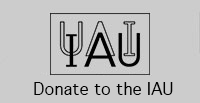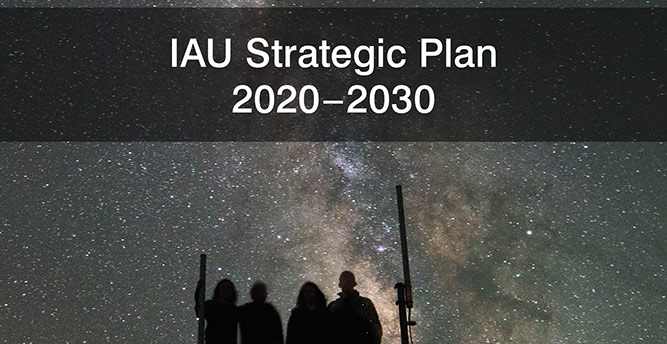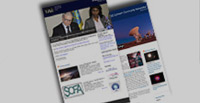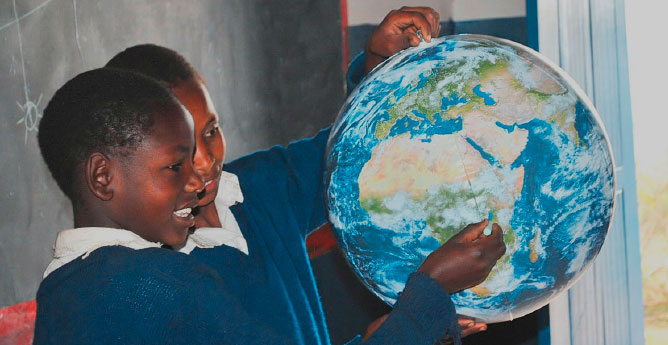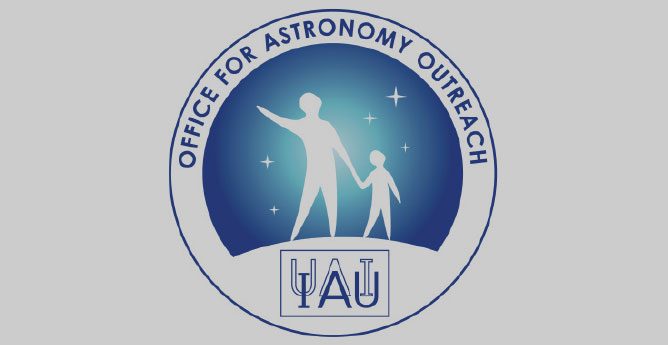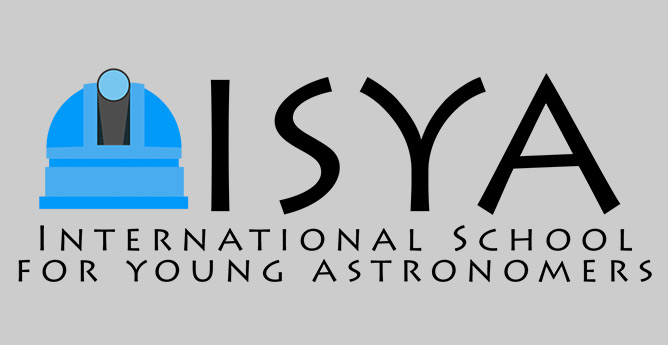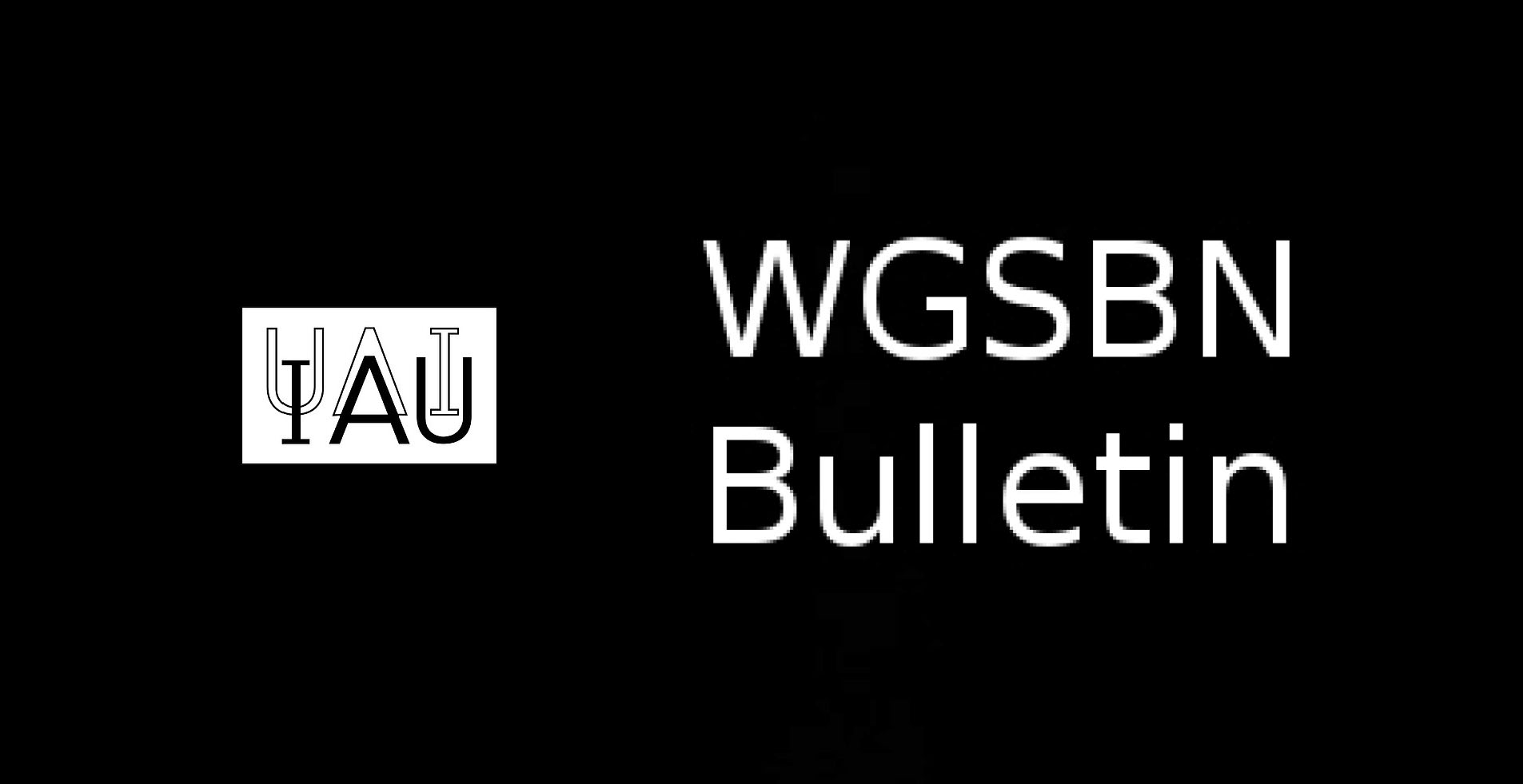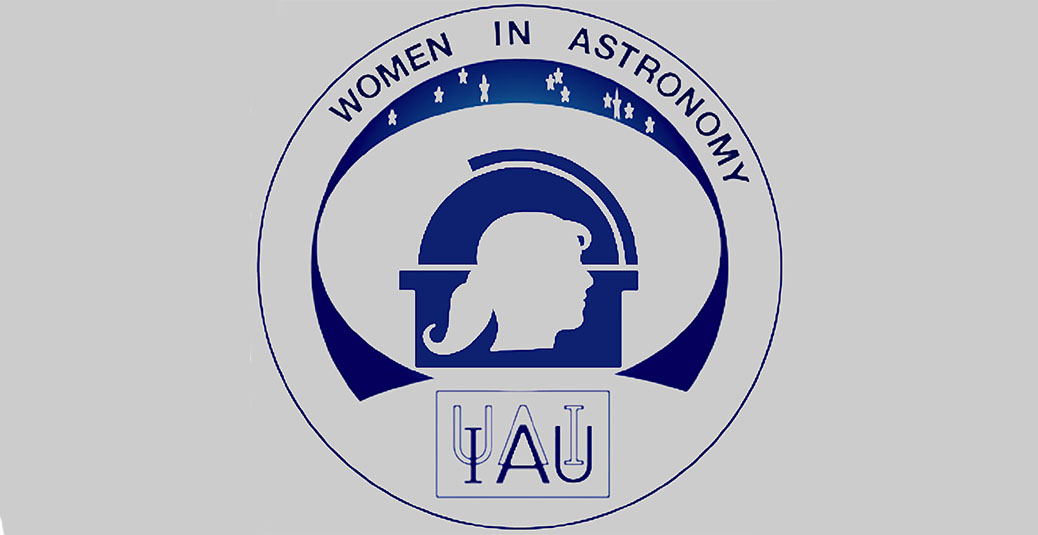- News
- Science
- Scientific Bodies
- Divisions
- Commissions
- Commission A1 Structure
- Commission A2 Structure
- Commission A3 Structure
- Commission A4 Structure
- Commission B1 Structure
- Commission B2 Structure
- Commission B3 Structure
- Commission B4 Structure
- Commission B5 Structure
- Commission B6 Structure
- Commission B7 Structure
- Commission C1 Structure
- Commission C2 Structure
- Commission C3 Structure
- Commission C4 Structure
- Commission C5 Structure
- Commission D1 Structure
- Commission E1 Structure
- Commission E2 Structure
- Commission E3 Structure
- Commission E4 Structure
- Commission F1 Structure
- Commission F2 Structure
- Commission F3 Structure
- Commission F4 Structure
- Commission G1 Structure
- Commission G2 Structure
- Commission G3 Structure
- Commission G4 Structure
- Commission G5 Structure
- Commission H1 Structure
- Commission H2 Structure
- Commission H3 Structure
- Commission H4 Structure
- Commission J1 Structure
- Commission J2 Structure
- Commission J3 Structure
- Commission X1 Structure
- Commission X2 Structure
- Past Commission Organising Committees
- Working Groups
- Centres
- Scientific Meetings
- Rules & Guidelines
- General Assemblies
- Meeting Proposals
- Future IAU Meetings
- General Assemblies
- EC Meetings
- Officers' Meetings
- Regional Meetings
- Symposia
- Focus Meetings
- Institutional Meetings
- IAU Offices Meetings
- IAU-Sponsored Meetings
- Letters of Intent submitted for 2024
- Letters of Intent submitted for 2023
- Letters of Intent submitted for 2022
- Letters of Intent submitted for 2021
- Letters of Intent submitted for 2020
- Past IAU Meetings
- Templates
- Other Meetings
- Grants & Prizes
- Scientific Bodies
- Publications
- IAU Publications
- IAU Strategic Plan
- Symposia
- WGSBN Bulletins
- Regional Meetings
- Information Bulletins/Catalyst
- E-Newsletters
- Focus Meetings
- Transactions A
- Transactions B
- Related Publications
- GA Newspapers
- CAPjournal
- IAU Books
- Brochures
- IAU Offices
- WG Reports
- Commission Reports
- Division Reports
- Past IAU Publications
- Rules, Guidelines and Instructions for Proceedings
- Publishers
- IAU Publications
- Administration
- About the IAU
- Statutes & Rules
- IAU Policies
- IAU Executive Bodies
- IAU Secretariat
- Resolutions
- Members Administration
- Administrative Dates & Deadlines
- International Organisations Relations
- Donate to the IAU
- Training in Astronomy
- Astronomy for Education
- Astronomy for Development
- Astronomy for the Public
- Office for Astronomy Outreach
- FAQ
- Themes
- Satellite Constellations
- Astronomy in Everyday Life
- How to Report a Discovery
- Careers in Astronomy
- Defining our Place in the Cosmos
- The Constellations
- Light Pollution
- Measuring the Universe
- Near Earth Objects
- How to Participate in Astronomy Research
- Naming of Astronomical Objects
- Naming of Exoplanets
- Buying Star Names
- Naming Stars
- Pluto and the Solar System
- IAU Member Statistics
- Our Moon: the Moon
- Meteors & Meteorites: The IAU Definitions of Meteor Terms
- UNESCO-IAU Portal to the Heritage of Astronomy
- Social Media
- Past Events
- Call for Online Resources
- Astronomy@Home Awards
- Contact
IAU Symposia
IAUS 310: Complex planetary systems
Start date/time
July 7, 2014
End date/time
July 11, 2014
Place
Namur,
Belgium
Contact
Anne Lemaitre
anne.lemaitre@fundp.ac.be
Event website
Coordinating Division
Division A Fundamental Astronomy, Division F Planetary Systems and Astrobiology
Chair of SOC:
Lemaitre Anne (University of Namur)
Co-Chairs of LOC:
Lemaitre Anne (University of Namur )
Libert Anne-Sophie (University of Namur)
Vienne Alain (IMCCE)
Carletti Timoteo (University of Namur )
Topics
- Long-term evolution of solar and extrasolar planetary systems
- Habitability of planetary systems
- Orbital and rotational dynamics of planets
- Complex dynamics of small bodies (main belt asteroids, NEO, comets)
- Gravitational and non-gravitational forces for artificial satellites and space debris
- Rings and satellites systems
- Symplectic integrators, chaos indicators
- Dynamical complex systems
Rationale
The huge number of available observations (from ground and space) and their accurate precision, as well as the computational power and speed of our present-day computers have spectacularly changed the nature of the dynamical models, especially for planetary evolution studies. Indeed any phenomenon, any planetary system, any n-body problem appears now as much more complex than it was originally expected. Consequently, it cannot be described by a simple dynamical model. To provide a complete understanding of the global behavior of the real system, several levels of modeling should be taken into account at the same time.
To unravel the complexity of such systems, to understand the underlying phenomena and to build a model able to reproduce the observations in a realistic way, requires collaborations and interdisciplinarity of scholars from very different fields.
Celestial mechanics has obviously evolved in that direction during the last decade. Our project of symposium aims to bring foreword these efforts. Thanks to this complex analysis, taking into account as many aspects as possible in the models, realistic results are obtained, giving answers to several astronomical questions, especially but not only in planetary sciences.
Scientific program
The results obtained with this perspective of complexity and interdisciplinarity are numerous. Let us mention (i) the concept of habitability of a planet, mixing biological and dynamical criteria, (ii) the studies of the rotation of planets and satellites, requiring data and models of their internal structure and thus interactions with geologists and physicists, (iii) the understanding of the long term evolution of space debris and satellites, which requires the introduction of drags, frictions or shadowing effects, (iv) the modeling of migration mechanisms, including the interaction between the planets and the gas and planetesimal disk, (v) the discovery of new mechanisms to explain the size, the location and the composition of natural satellites, (vi) the cascade of resonances and sub resonances necessary to explain a specific observation, (vii) the role of the Yarkovsky thermal effect on the evolution of the rotating small bodies, (viii) the NEO chaotic orbit determination used in impact monitoring (ix) the development of sophisticated symplectic integrators and of increasingly precise tools for detection and measure of chaos. All these results have shown the disappearing of the formal historical border between analytical and numerical approaches.
This symposium will focus on the main dynamical aspects of planetary science, pointing in each topic the recent results obtained thanks to the synergy of different disciplines, and the treatment of the problem in all its complexity.
The speakers (and especially the selected speakers) will be invited to show results of this interdisciplinary approach, describing the complexity of the system and emphasizing the outcomes of its new description. The SOC will give priority to talks and posters resulting from collaborations between teams and disciplines.
The program will be presented in 9 scientific sessions (half a day each, with an invited speaker) and a cultural afternoon (e. g. in Brussels, a “New Art and Magritte” walk).
Composition of the SOC
C. Beaugé, A. Celletti, V. Dehant, Z. Knezevic, J. Laskar, A. Milani, A. Morbidelli, D. Nesvorny, D. Scheeres and K. Tsiganis have accepted to be members of the SOC.
Logistics
In 1998 the University of Namur welcomed the IAU colloquium172, Impact of Modern Dynamics in Astronomy, gathering 125 participants; the hotel capacity has increased in the last years, and the city can welcome more than 200 scientists (student dormitories and hotels). The university is building two new lecture halls, which will be equipped with modern audiovisual technology.
Some complementary (moderate) national financial supports (FNRS – CfB – RW –naXys) and local sponsoring can be obtained.
The team of celestial mechanics (founded in 1970) is composed of about ten scientists, and a few regular collaborators; they will form the LOC of this symposium. The group has recently joined the naXys center (Namur Complex Systems Center) and the symposium could benefit from the staff, the infrastructure and administration of the center. The city is easy to reach, via the airports of Brussels (60 km) and Charleroi (40 km) and regular train connections.
